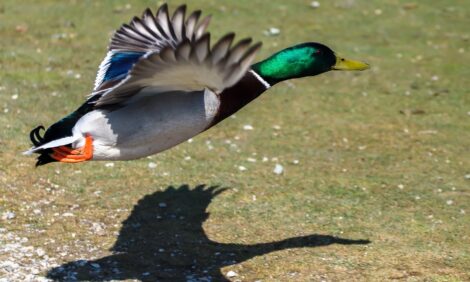



Biology, Impact on Production and Control of the Northern Fowl Mite
By Professor C. Dayton Steelman, University of Arkansas, published by Avian Advice. This article looks at the Northern Fowl Mite and the environmental and economic effects an infestation has on the poultry industry.Introduction
The Northern Fowl Mite, Ornithonyssus sylviarum (Canestrini and Fanzago), is considered to be the most common external parasite found on a wide variety of domestic fowl and wild birds. Mite populations often reach population levels that cause substantial losses in commercial egg and broiler-breeder egg production. Large numbers of mites cause poor fertility, anemia and frequently death in males. Egg production by hens is reduced from 10 to 20% in most infestations. Conservative estimates of losses in annual egg production are reported to be in excess of $283 million in the United States. In addition, poultry house workers are often reluctant to perform their duties inside infested facilities so bird management suffers.
To continue reading this article please Click Here
(University of Arkansas - Avian Advice newsletter - Fall 2002)








